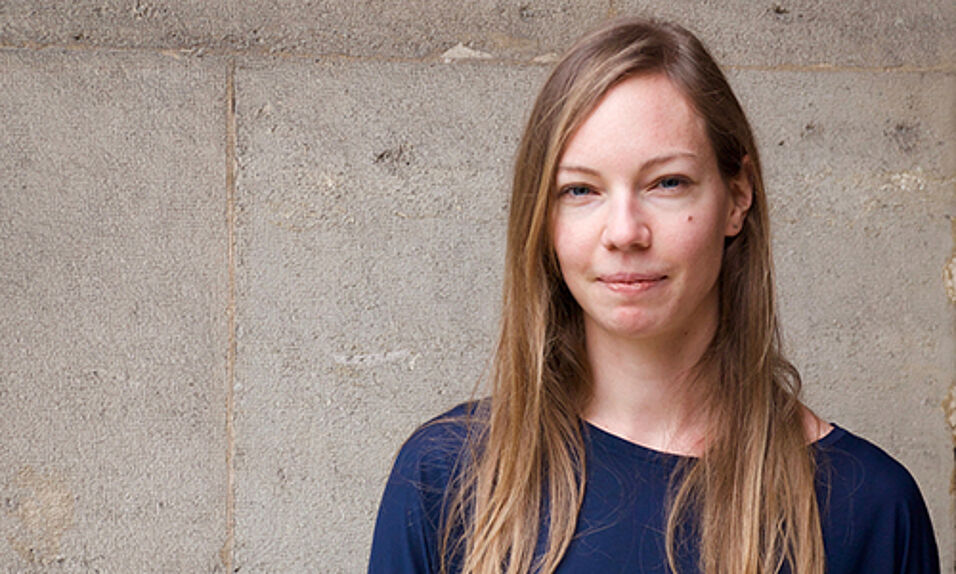In her cumulative dissertation entitled Why misperceptions persist: The role of resistance to evidence in political news and supervised by Jörg Matthes, Marlis investigated why citizens hold on to false beliefs and fake news notwithstanding evidence to the (journalistic) contrary. Overall, her work shows that journalists and fact-checkers have to anticipate resistance to evidence along all stages of information processing. Marlis completed her Ph.D. in February 2023 with distinction ("summa cum laude"). Since March 2023, she has been working as a Senior Scientist in the Department of Media and Communications at the Alpen-Adria-University of Klagenfurt, Austria. Prior, she was a predoctoral researcher within Jörg Matthes's Advertising & Media Psychology Research Group since 2017.
The sowi:doc Awards for outstanding dissertations are being awarded once a year by the Vienna Doctoral School of Social Sciences and come with prize money of € 1.500. A short abstract of Marlis' dissertation as well as further information on the sowi:doc Awards procedure can be found here.

